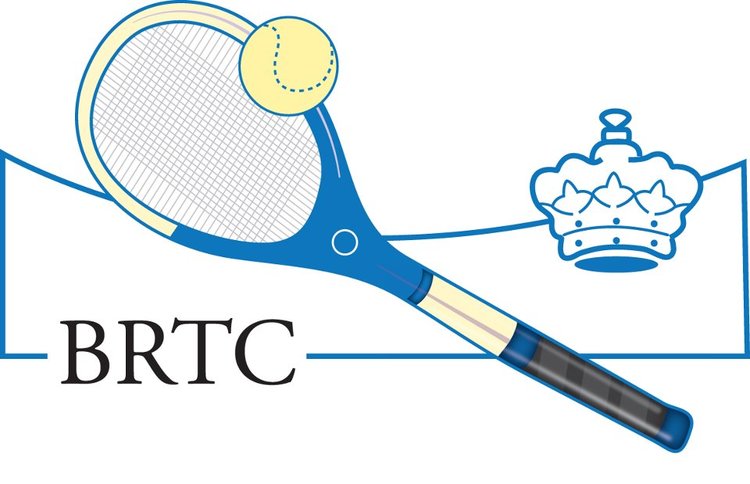The Game
A short History of Real Tennis
Real tennis is the oldest racquet sport and the predecessor of lawn tennis and squash. The term ‘real’ was only adopted at the end of the 19th century to distinguish the game from the newly invented game of lawn tennis.
The likely origins of the game go back to 5th century Italy , being played in the street with the palm of the hand. This is reflected in the shape of the racquet that we use today.
By the 16th century, a racquet had been introduced and the game had moved into an enclosed area like the courts we have today. At the time of the Tudors it had become the sport of both kings and commoners – often with a lot of money being made or lost on the outcome of a game! In 1530 Henry VIII built a court at Hampton Court Palace, which is still in use today. The French kings also built courts at their palaces in Versailles and Fontainebleau. Lesser mortals played in courts attached ale houses and inns – before the French Revolution there were more than 250 courts in Paris alone.
The game thrived during the 17th century but started to decline as new sports such as rackets, squash and lawn tennis emerged. There was a brief revival in Victorian times with several new courts being built not only in England, but also in the Eastern States of the USA and in Australia. There were several courts in the Bristol area during the 18th and 19th centuries, but these have all vanished, and the court built in Bath in 1777 now houses the Museum of Bath at Work.
Currently there are 27 courts in use in the UK; two in France, where the game is called jeu de paume; 11 in existence in the USA, where the game is called court tennis; and five in Australia.
Some people described the game as playing chess with a tennis ball. It can be challenging, frustrating and exhilarating all the same time but the handicap system (like golf) means that anyone can play at any level and have a good game.
The Court and how to play
The court is a cross between a squash court and a lawn tennis court, with typical dimensions of 90 ft overall length and 30ft breadth. The playing area has four walls, three of which are joined to a sloping roof called the penthouse. The court is divided by the net into two halves, the service end, where the service always takes place, and the receiving, or hazard end. Spectators usually view the game from the dedans or the side galleries.
The player who is serving puts the ball into play but hitting it onto the penthouse roof. It has to bounce at least once on the hazard side of the service penthouse before landing within the red area of the receiving court.
The ball remains live and in play until one or the other of the players makes an error (e.g. hits the ball into the net or out of the court) or plays a winning shot, namely hitting the ball into either the dedans, the winning gallery or the grille or onto the winning area of the floor at the hazard end on the second bounce.
If the ball bounces twice anywhere else on the court before the receiving player can hit it, the point is not conceded but a chase is set or laid according to the line on the floor nearest to the second bounce. A chase can also be laid by hitting the ball into the side galleries at either end. Players can only change ends when there are two chases, or one chase in the case of game point, and the new receiver then has to better the chase, or chases, in order to win the point (e.g. if the chase is 5 yards then he or she must maintain the ball in play to a point better than the 5 yard in order to win the point. If the second bounce of the ball falls short of the 5 yard line then the server does not have to play it and wins the point.
Scoring is similar to lawn tennis, except that the score of the player winning the previous point is always called first. Also deuce is not played if the game is being played on handicap – it is 40-all game point. However, unlike lawn tennis, play is continuous apart from changing ends between chases!
All this may sound very complicated, but you will be guided by the Professionals when you first start playing and it will all come together and make sense as you get into it.


